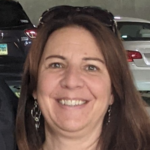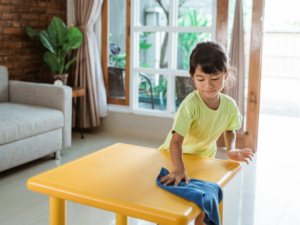Does your child struggle with time management? Battle with staying organized? Do they fight the good fight with too much stuff on their desk? If this sounds like your child, they’re probably suffering from executive function disorder.
What is Executive Function Disorder?
Executive Functioning, or EF, is a big buzzword. As a school-based OT professional, the struggle is real. Many students have difficulty staying on task, organizing their workspace, planning and prepping their day, and staying on top of their studies. Throw ADHD into the mix, and you’ve got a recipe for disaster.
So what is executive function, you ask? Understood.org states it is “a set of mental skills that include working memory, flexible thinking, and self-control.” These three areas are broken down even more in-depth, which are responsible for many skills. LDOnline says, “It is an umbrella term for the neurologically-based skills involving mental control and self-regulation.”
I see it more and more every day with the students I work with and my daughter. She has been struggling with EF most of her life.
Tips and Tools
Here are some tips and tools I’ve used for her and my students that are useful:
- Planners or agendas
- Sticky notes
- Alexa (Amazon Dot or similar device for reminders at home)
- Setting smartphone or watch reminders
- Using any form of a calendar (on the phone, smartwatch, on the wall)
- Whiteboards / dry-erase markers
- Use timers
- Chunking information
- Record audio notes and playback
- Organization apps
- Clear workspace at home and at school – less is better-
- Take breaks
- use checklists
Solutions are not one size fits all
Furthermore. as a parent and an OT professional, I want to figure out a way to set my daughter and students up for success. However, ultimately they have to find what works best for their learning style. What works for one student may not work for another. Also, what works for me may not work for them.
The above list is not exhaustive of what to try. It’s trial and error to find what works best. Finally, they will want to use something easy and convenient. However, if they don’t have a smartphone or smartwatch, don’t go out to buy one. Some kids are better with good ol’ paper and pencil planners and not fancy apps. After all, all the calendars, whiteboards, bells, and whistles in the world are only as good as the person who will use them! It’s finding the strategies that work best that will make them successful.




